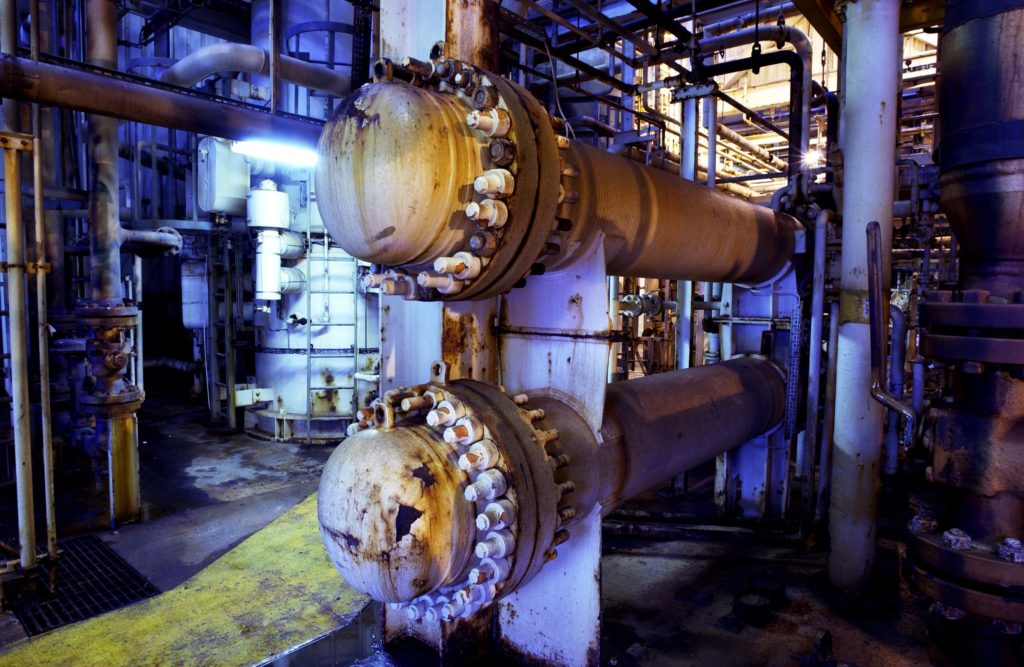Shut down by gas cooler leak

This is a key platform in the Ekofisk II development, with all production from the Greater Ekofisk Area fields as well as Valhall, Gyda and Ula flowing through it.[REMOVE]Fotnote: NTB, “Ekofisk stenges på grunn av lekkasje i gasskjøler”, 20 April 1999.
Its job is to separate oil, gas and water from each other and provide initial compression for the oil and gas on their way to Teesside in the UK and Emden in Germany respectively.
 Gasskjøler, Edda 2/7 C
Gasskjøler, Edda 2/7 CWhen the hot gas flows to the platform, it must pass through a cooling system where it is fed though the 3 600 tubes. These have coolant water circulating around them.
Samples of the coolant water must be taken before it is released back to the sea. On this occasion, gas which should not be there was found to be present.
This meant the gas cooler had to be gone through tube by tube to identify the leak. Since there was only one cooler, that halted all production until the fault had been rectified.
That also applied to BP Amoco’s output from Gyda. But the same operator’s Valhall, Hod and Ula production could be routed elsewhere and remained unaffected.
This nevertheless meant that more than 10 per cent of Norway’s offshore oil deliveries disappeared during the 10 days it took to repair the leak.
That led to a loss of revenue.[REMOVE]Fotnote: NTB, “Ekofisk i gang igjen etter oljelekkasje”, 3 May 1999. Oil production from Ekofisk was running at 310 000 daily barrels, and no less than seven 600 000-barrel cargoes were lost during the 10-day shutdown.
New leak in same place
The same thing happened six months later, when gas was discovered in the coolant water. But it was now decided to maintain output until the necessary repair equipment could be brought out.
This proved unacceptable to the chief safety delegate, and the decision had to be reversed. Ekofisk was shut down yet again, this time for a week.[REMOVE]Fotnote: NTB, “Ekofisk stengt på grunn av gasslekkasje”, 28 October 1999.
Seabed gas leak haltedFinal chapter for old sloggers